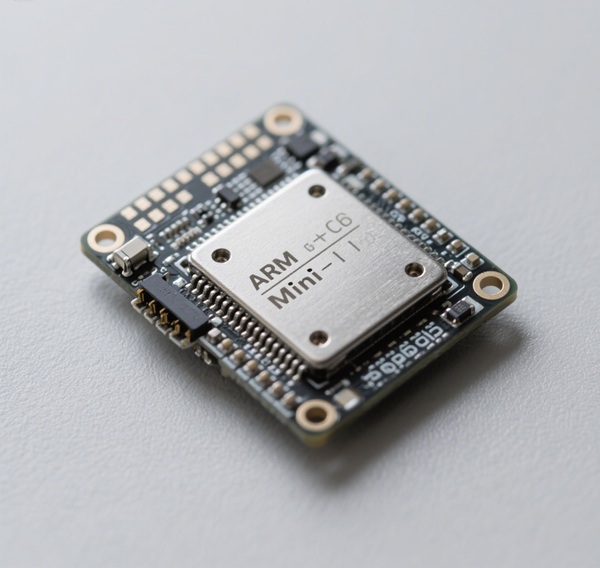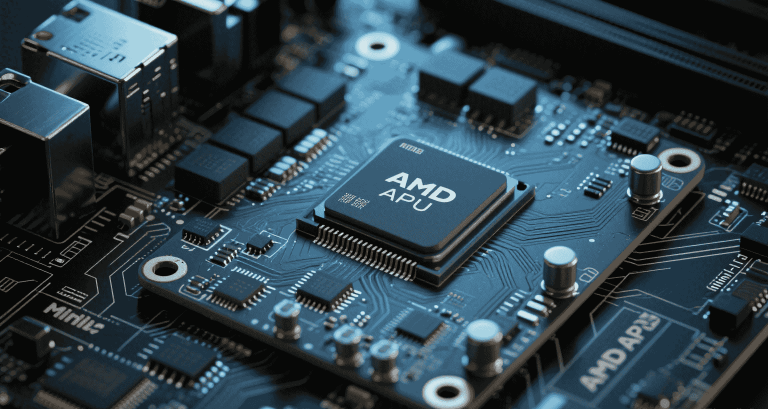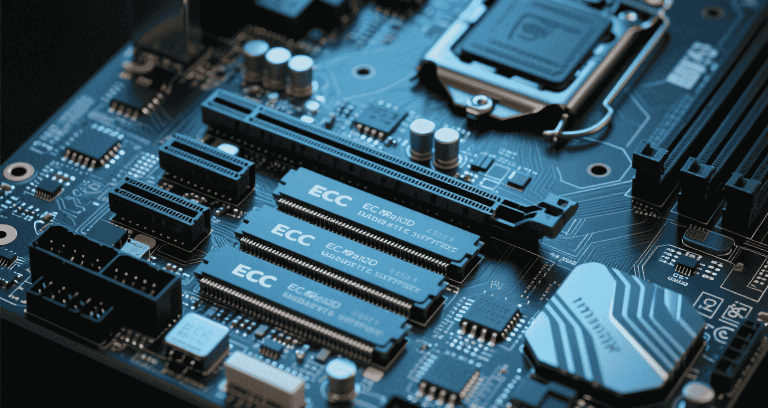ARM Mini-ITX Board: Power-Efficient Embedded Computing

Table of Contents
- Introduction to ARM Mini-ITX Boards
- Technical Specifications and Architecture Overview
- Advantages of ARM Mini-ITX Boards for Embedded Systems
- Limitations and Challenges of ARM Mini-ITX Boards
- Application Scenarios and Industry Use Cases
- Design Considerations and Integration Strategies
- Security Features and Hardware Trust
- Software Development and Deployment
- Comparing ARM Mini-ITX Boards to x86 Mini-ITX Boards
- Future Trends and Roadmap
- Community, Ecosystem, and Support Resources
- Conclusion
- References and Further Reading
Introduction to ARM Mini-ITX Boards
ARM Mini-ITX boards combine compact design with power-efficient ARM processors. They are popular in embedded systems and industrial computing. A Mini-ITX board measures only 170mm by 170mm. This small size allows integration into enclosures, kiosks, and IoT devices.
ARM architecture offers low power use, excellent thermal performance, and a rich ecosystem. As more applications require edge computing, ARM Mini-ITX boards have become a preferred platform.
Technical Specifications and Architecture Overview
CPU and SoC Options
These boards use ARM Cortex-A or Cortex-R series processors. The CPU integrates memory controllers, GPU, and I/O into a single System-on-Chip.
| Processor Model | Cores | Frequency | Use Case |
|---|---|---|---|
| Cortex-A53 | Quad-Core | 1.2 GHz | IoT Gateways |
| Cortex-A72 | Quad-Core | 1.8 GHz | Edge Processing |
| Cortex-R5 | Dual-Core | 400 MHz | Real-Time Control |
Memory and Storage Capabilities
ARM Mini-ITX boards often support DDR3 or DDR4 RAM. Storage options include eMMC, microSD, and SATA interfaces for SSDs.
Connectivity and I/O Interfaces
Boards include Gigabit Ethernet, USB 2.0/3.0, serial ports, and GPIO. Display outputs may include HDMI and LVDS.
Power Management and Efficiency
Low-power ARM SoCs enable fanless design. Some models can run below 10 watts under load, reducing cooling needs.
Advantages of ARM Mini-ITX Boards for Embedded Systems
These boards bring many benefits for embedded systems.
- Energy Efficiency: Lower power consumption compared to x86 platforms.
- Fanless Operation: Silent and reliable systems.
- Cost Savings: Affordable components and reduced operational costs.
- Rich Connectivity: Multiple interfaces in a compact size.
- Software Support: Strong Linux and open-source ecosystems.
- Scalability: Suitable for small IoT devices or more powerful edge servers.
Limitations and Challenges of ARM Mini-ITX Boards
Despite advantages, there are trade-offs:
- Lower Peak Performance: Not ideal for high-end desktop workloads.
- Limited Legacy Software: Some x86-only apps will not run.
- Driver Availability: Certain peripherals need custom drivers.
- Developer Ecosystem: Smaller compared to x86 platforms.
- Expansion Limitations: Fewer PCIe lanes or slots.
Application Scenarios and Industry Use Cases
ARM Mini-ITX boards are used in:
- Industrial control systems
- IoT gateways and edge devices
- Network security appliances
- Digital signage
- Medical instruments
- Outdoor and rugged systems
Design Considerations and Integration Strategies
When designing with these boards, consider:
- Selecting a suitable ARM SoC for performance and power targets
- Planning enclosure cooling and airflow
- Ensuring power supply compatibility
- Reviewing certifications (CE, FCC, RoHS)
Security Features and Hardware Trust
ARM Mini-ITX boards often include security features:
- Secure boot
- ARM TrustZone
- TPM modules
Software Development and Deployment
Development is usually based on Linux or Android. Vendors provide BSPs, drivers, and sample code. Developers can customize the kernel and secure the system against threats.
Comparing ARM Mini-ITX Boards to x86 Mini-ITX Boards
| Aspect | ARM Mini-ITX | x86 Mini-ITX |
|---|---|---|
| Power Use | Very low | Moderate to high |
| Performance | Good for embedded | Higher for general tasks |
| Software Compatibility | Linux optimized | Windows and Linux |
| Cost | Lower | Higher |
Future Trends and Roadmap
ARM boards will integrate AI accelerators and 5G modules. They will become key parts of edge computing infrastructure. Green computing trends will push for even lower power designs.
Community, Ecosystem, and Support Resources
Resources include:
- Open-source reference designs
- Community forums
- Online documentation and training
Conclusion
ARM Mini-ITX boards are powerful, efficient, and flexible. They are a great choice for modern embedded applications where energy and space matter. By understanding their strengths and limits, you can build reliable and cost-effective solutions.


